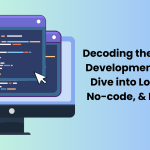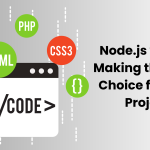Black Box AI refers to a type of artificial intelligence system which has an impenetrable system. It hides away all inputs, operations and services from users and the other parties. The expression “black box” figuratively addresses the obscurity of these frameworks, as data sources and results can be noticed, yet the processes that come to pass inside are generally vague and unintelligible.
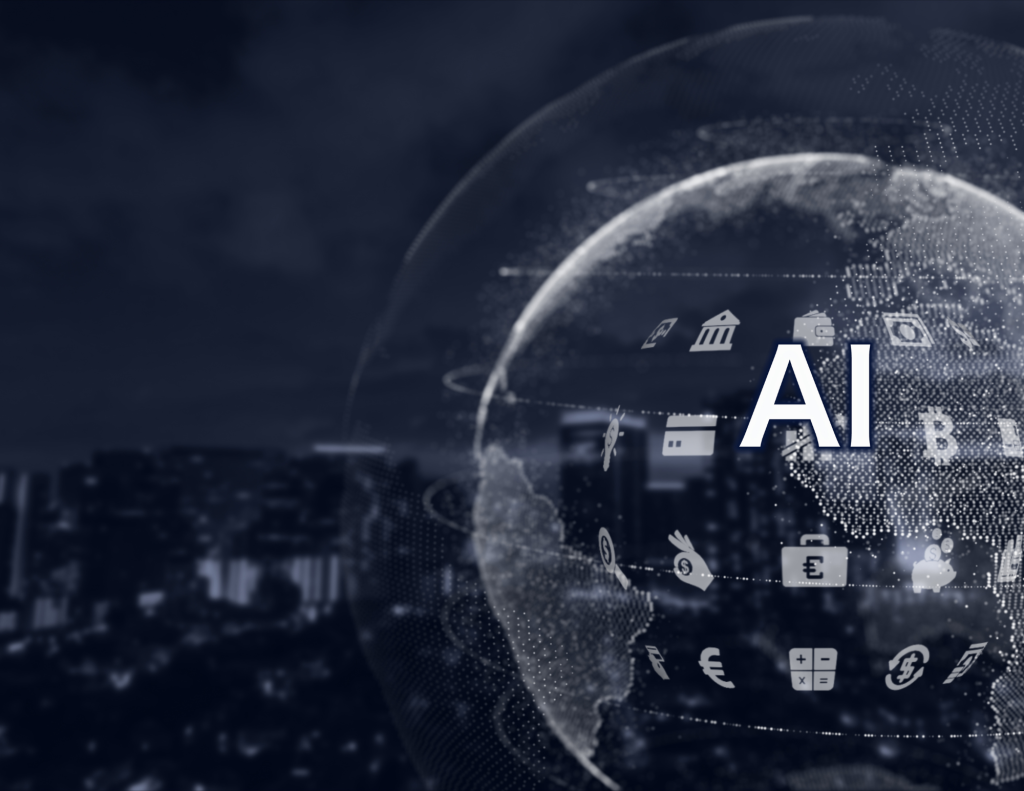
In black box AI, you can feed inputs and receive outputs, but you can’t see the system’s logic and AI-based calculations. Black box AI models (BAI) come to results or choices without giving any clarifications regarding how they were reached.
In black box models, profound organizations of artificial neurons scatter information and decision-making across a huge number of neurons, bringing about an intricacy that might be similarly as challenging to comprehend as that of the human mind. So, the interior components and contributing elements of block box artificial intelligence remain unclear.
How Does Black Box AI (BAI) Work?
Black box Artificial intelligence works on the guideline of AI where it is prepared on enormous datasets to decide or expect. A machine learning model of AI usually works with algorithms. A calculation takes care of a tremendous measure of information like pictures or texts and is then prepared to perceive examples or elements in this information. Profound picking up demonstrating is commonly directed through the development of the black box. The learning calculation takes a large number of pieces of information as information sources and corresponds to explicit information highlights to create yields.
The interaction normally incorporates the accompanying steps:
1. Refined calculations inspect broad informational collections to track down designs. To accomplish this, countless information models are taken care of to a calculation, empowering it to try and learn on its own through experimentation. The model figures out how to change its inner boundaries until it can foresee the specific result for new information sources utilizing an enormous example of sources of info and anticipated yields.
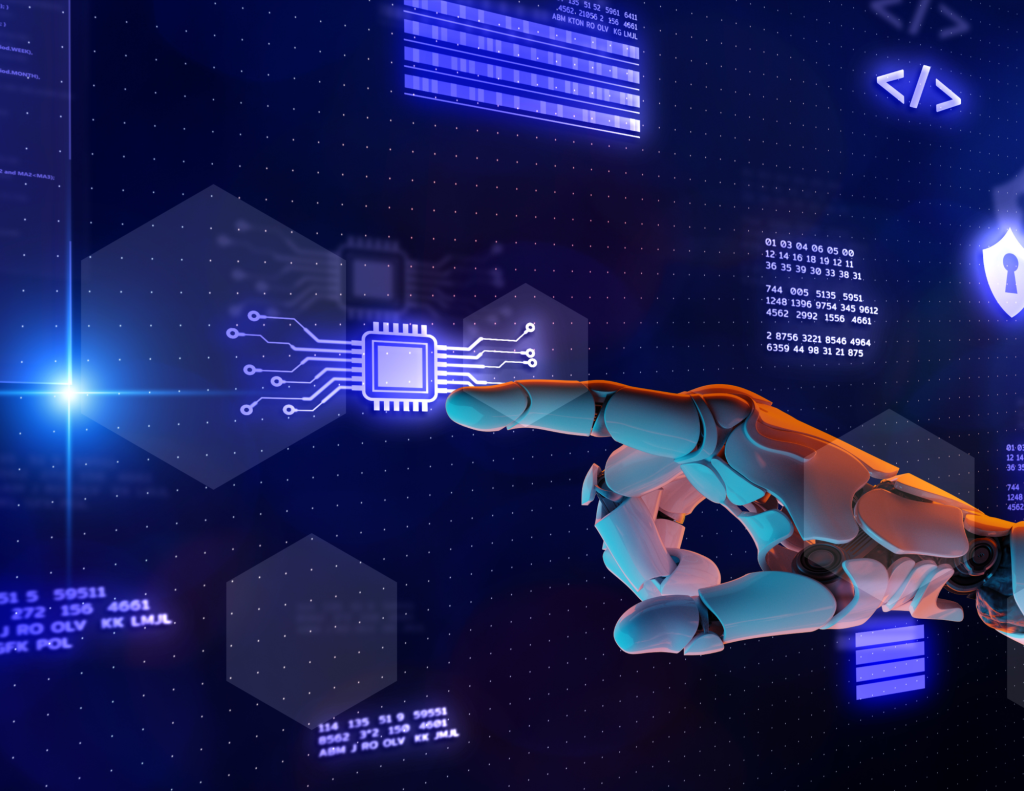
2. Because of this preparation, the AI model is at last prepared to make forecasts utilizing certifiable information. Misrepresentation discovery utilizing a gamble score is an illustration of a utilization case for this system.
3. The model scales its technique, approaches, and collection of information as extra information is accumulated over the long run.
Implications of Black Box AI
Pros:
Precision
One of the biggest benefits of black-box artificial intelligence is that it tends to be accurate. Since these models can gain from tremendous measures of information, they can frequently go with forecasts and choices that are more precise than those made by people. Furthermore, black box AI can be utilized in applications where human instinct and direction are not adequate, like in clinical findings or misrepresentation discovery.
Negligible computing power
A black box model needn’t bother with a great deal of computational powers since it’s really clear.
More efficient
One more benefit of the black box is that it tends to be more effective than usual intelligence models. These models can be prepared on enormous datasets utilizing parallel processing which can essentially lessen the time expected to prepare the model. This implies that black box man-made intelligence can be utilized in applications where speed is basic, for example, in high-recurrence exchanging or self-driving vehicles.
Cons:
Lack of transparency & accountability
The biggest challenge with black-box AI is its lack of transparency and accountability. For example, when making financial decisions, it can raise questions on its fairness, biasness and transparency. This is due to the fact that you are left without clear explanations of the processes. The complex structure of the black box can keep people from appropriately understanding and reviewing them, regardless of whether they produce precise outcomes. Indeed, even their developers don’t completely comprehend how these organizations work, regardless of the reality they’re prepared to make critical accomplishments in the field of simulated intelligence. This can be an issue in high-stakes fields like medical care, banking, and law enforcement, as the decisions can have expansive consequences for individuals’ lives. It can likewise be hard to consider people answerable for the decisions made by the calculation while using obscure models.
AI biased
Black box is suspected to be biased. Since the user has zero ability to see how the model is pursuing its choices, it may very well be challenging to distinguish and address predispositions in the information used to prepare the model. This can prompt biased or out-of-line results, especially in applications where the model is utilized to settle on conclusions about people, like in employing or loaning.
Ethical concerns
Another challenge of using black box AI are ethical concerns that come along with its nature. Its applications are seen everywhere; in criminal justice and employment matters. There could be serious ethical concerns if the system is going to make decisions for people’s lives.
Hence, it is important to train black box AI systems on ethical grounds to ensure transparency, fairness and accountability. We must also incorporate human oversight in the final decision-making.
What Can Be Achieved With Black Box AI?
Black box AI often brings you results with high accuracy as compared to interpretable systems. This is because these models are capable of dealing with intricate logics and algorithms that humans can’t see. On the contrary, the same accuracy point compromises the transparency of black box AI models.
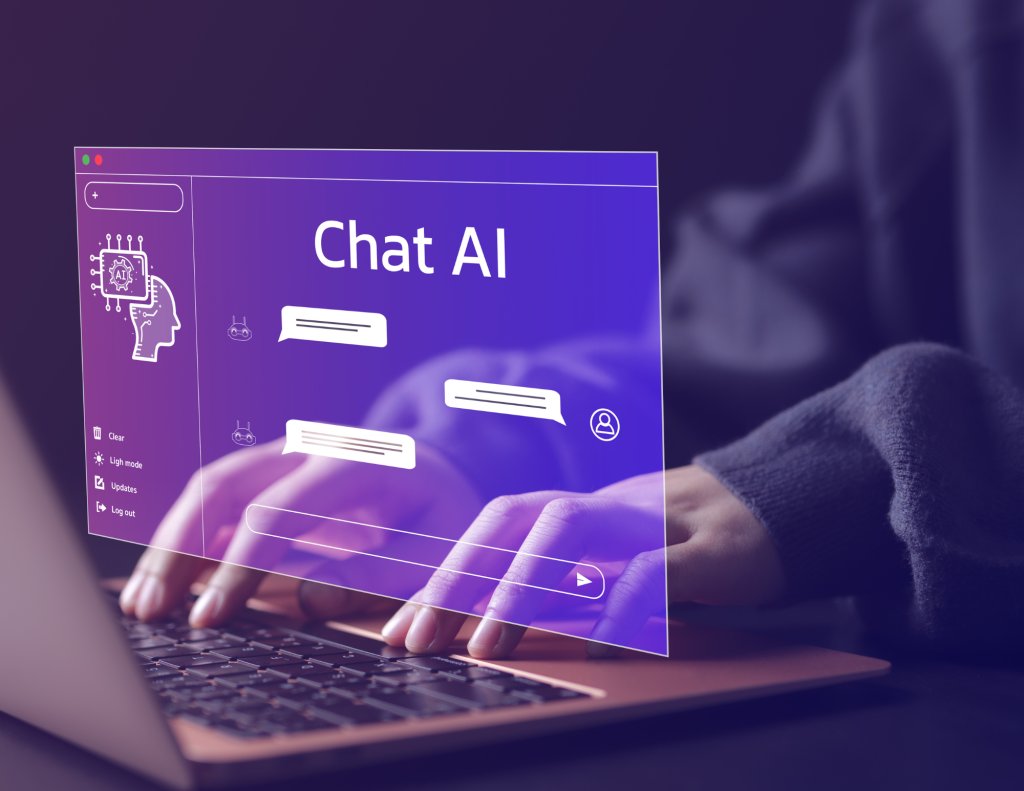
In many cases, where quick results are required without understanding the deep-rooted problem, black box provides optimizable conclusions. For example, black box AI is frequently used in the financial sector to detect frauds. It can quickly analyze large data sets, finds patterns and abnormalities and provides fraudulent activities. This makes it a significant tool that offers rapid conclusions by equally analyzing significant implications and patterns amidst the problem.
The Black Box vs. The White Box Model
The black box model incorporates machine learning algorithms to present predictions. As the name suggests, the explanations of these predictions remain under the shadow; unknown and imperceivable.
On the flip side, the white box model offers restraints to the machine learning processes and makes it more apparent and transparent.
Conclusion
Black Box AI enjoys its benefits and hindrances. While it tends to be exceptionally exact and productive, it can likewise be hard to comprehend, defenseless to inclination, and challenging to approve. As man-made intelligence keeps on advancing, it will be essential to painstakingly consider the compromises between straightforwardness and exactness while creating AI models. Eventually, the objective must foster simulated intelligence that is both precise and simple, so we can trust it to pursue choices that are fair, safe, and valuable to society.




